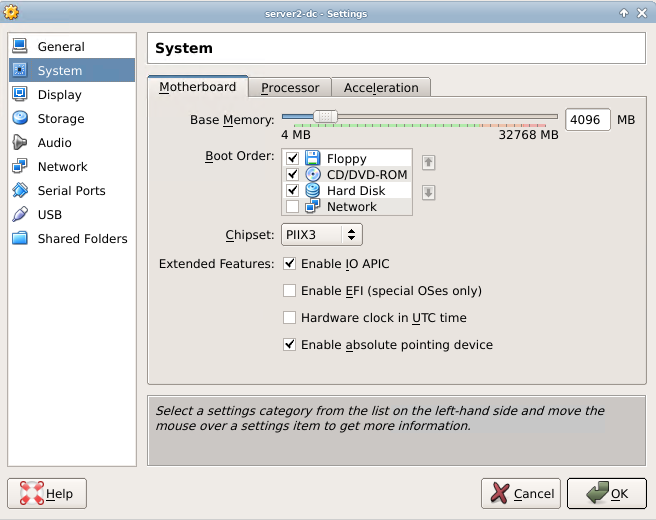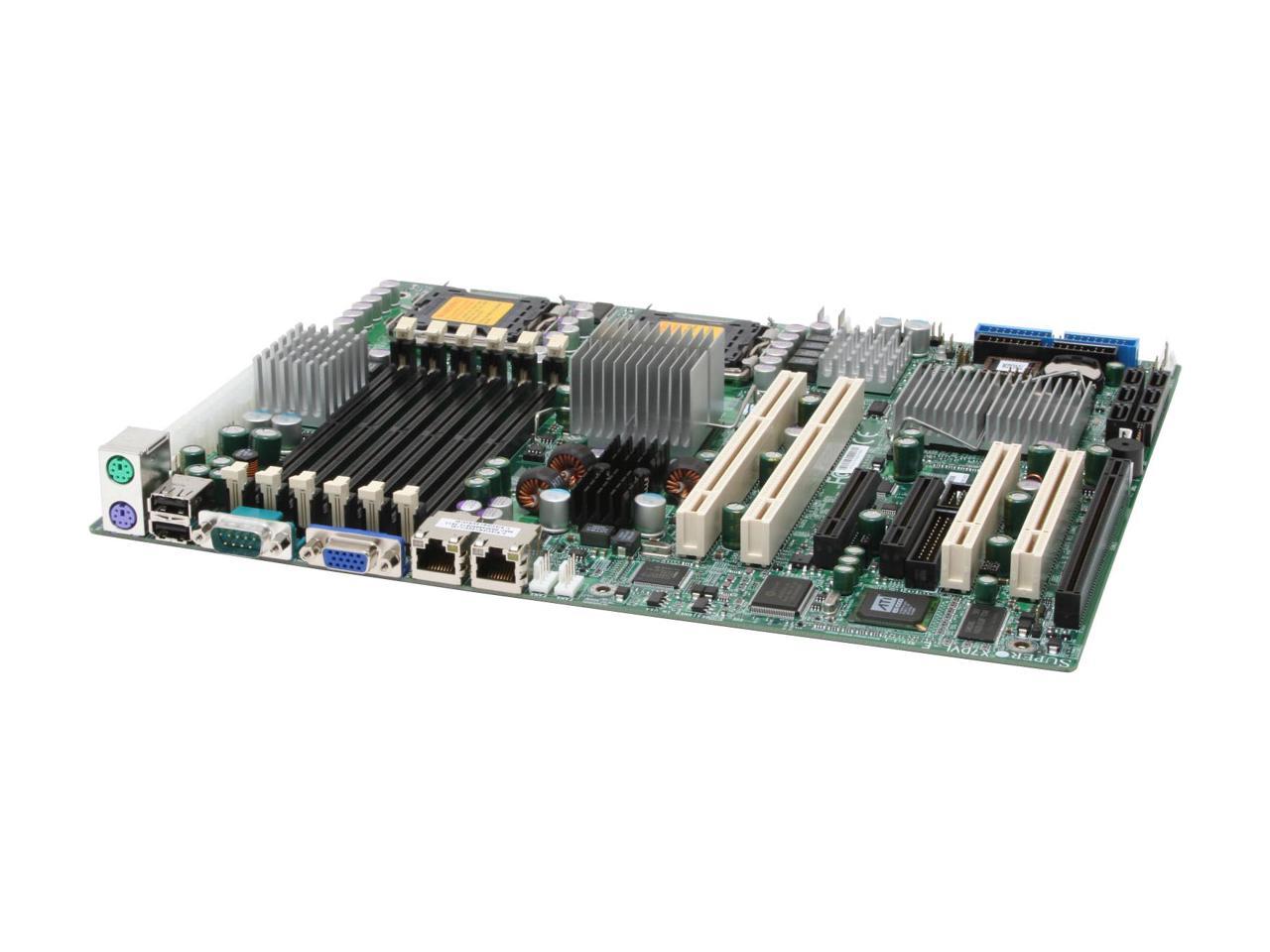StorageCraft Tech Support resolved everything. An extremely pleasant and understanding support tech (initials JS) reviewed my SP diagnostics logs and suggested that I check the Gigabyte site for motherboard chipset updates that might solve the problem. I did, and found a BIOS update covering USB3 plus an updated Etron USB3 chipset driver. Please check with the system vendor to determine if your system delivers this feature, or reference the system specifications (motherboard, processor, chipset, power supply, HDD, graphics controller, memory, BIOS, drivers, virtual machine monitor-VMM, platform software, and/or operating system) for.
Hi...I'm trying to setup on XP Home an LG Electronics SATA GH22NS30DVD-writer on an older Intel D845PEBT2 motherboard (ICH4 core) with a
Silicon Image Si3112 SATA controller. It 'should' work but something
is wrong.

The drive reads both DVD and CD data disks, but a bit slow (8 MB/s). I
can't write either type at all. Using Nero 7, or another writer, it
stalls consistently about 10% into the write, even in simulate mode.
Both the Silicon Image configuration utility and Nero report the drive
in PIO4 mode.
I have been able to boot from the writer by configuring it to do that
in BIOS, but there's nothing else in BIOS related to SATA except a
means to enable RAID, which I don't want. I returned the drive to the
retailer and they supposedly tested it. They claim it's working fine.
Drivers Storagecraft Motherboards For Windows 7

It seems the PIO4 mode is way too slow but I have no means to manually
switch to UDMA mode. There is a feature in the SI config utility for
switching between modes, but all it does is write an entry to the
registry which is ignored. There is nothing in Device Manager for
switching modes.
I have a hunch it may have something to do with Microsoft. They check
for CRC errors, and if found, they drop the transfer rate back one
level at a time till a suitable level is found. I don't know where
they do that, but if that is the case, it's supposed to revert to UDMA
mode if the driver is deleted and re-installed. It doesn't, unless
it's doing it so fast I'm missing it.
I'm out of ideas. I downloaded the WDK and may try to trace the code
using a debugger. Before doing that, I'm hoping someone will know
something.
Thanks to all of those who participated in our hardware failure survey. We've found some interesting data we'd like to share.
Objective
The goal of this survey was to determine which types of equipment fail most frequently, why they fail, and what the most difficult things about recovering these pieces of equipment are.
Summary
We all know that hardware failure is very common, so after polling nearly four hundred of our partners, it's not surprising that 99 percent of them had experienced a hardware failure. On top of that, data loss is common for clients our partners work with, evidenced by the fact that the majority of IT professionals (71 percent) have worked with clients during a major data loss event.
So what causes failures? The sweeping majority (80.9 percent) of failures are caused by hard drive malfunction. If you look at the most common problems outside of hard drive failure, it's a tossup. An indeterminate failure is nearly as likely to happen as a motherboard failure or other internal component failure (see chart 'Most common hardware problems'). When it comes to failure in various types of server, it's clear that no one type of server fails more than another, meaning all servers should be backed up—not just those that seem most critical to operations.
When we asked how much downtime clients our partners work with would accept (specifically domain servers), the plurality (40.8 percent) were comfortable with downtime in the two to four hour range, 14 percent said four to six hours was acceptable, 26.4 percent said one hour was acceptable, and another 14 percent said that no downtime was acceptable.
Users of StorageCraft ShadowProtect can easily recover within the two to four hour window, as illustrated by the fact that many respondents (40.6 percent) said they could recover a down server in under two hours, while a total of 67.2 percent said they could do it in under five.
We also asked respondents to tell us in their own words what the most difficult thing about recovering a failed machine was. A large number of respondents agreed that issues related to finding drivers and completing bare metal restores were the most difficult. The next most common answer was that issues related to transferring large amounts of data from hardware to hardware was the most difficult thing (usually because of the amount of time it can take for large amounts). Pressure from clients to hurry or unrealistic recovery expectations from clients was the third most common answer, suggesting that RTOs should be established at the onset, not during a recovery scenario, in order to manage client expectations.
At-a-glance highlights
Among StorageCraft partners,
– 99 percent said they had experienced a hardware failure in the past.
– The plurality (40.6 percent) can recover a downed server or desktop in under two hours using ShadowProtect
– 48.6 percent said that when it comes to server failure, no one type of server fails more than another.
– 71.1 percent say they have worked with a client during a major data loss event.
– 14 percent said no domain server downtime was acceptable, while 40.8 percent said between two and four hours of downtime was acceptable.
Drivers Storagecraft Motherboards For I7
– 52.7 percent said illustrating the value of disaster recovery to clients was the most difficult thing about a backup and disaster recovery offering, followed by the actual performance of failovers and recoveries (17.8 percent) and testing disaster recovery plans with clients (15.2 percent).

The drive reads both DVD and CD data disks, but a bit slow (8 MB/s). I
can't write either type at all. Using Nero 7, or another writer, it
stalls consistently about 10% into the write, even in simulate mode.
Both the Silicon Image configuration utility and Nero report the drive
in PIO4 mode.
I have been able to boot from the writer by configuring it to do that
in BIOS, but there's nothing else in BIOS related to SATA except a
means to enable RAID, which I don't want. I returned the drive to the
retailer and they supposedly tested it. They claim it's working fine.
Drivers Storagecraft Motherboards For Windows 7
It seems the PIO4 mode is way too slow but I have no means to manually
switch to UDMA mode. There is a feature in the SI config utility for
switching between modes, but all it does is write an entry to the
registry which is ignored. There is nothing in Device Manager for
switching modes.
I have a hunch it may have something to do with Microsoft. They check
for CRC errors, and if found, they drop the transfer rate back one
level at a time till a suitable level is found. I don't know where
they do that, but if that is the case, it's supposed to revert to UDMA
mode if the driver is deleted and re-installed. It doesn't, unless
it's doing it so fast I'm missing it.
I'm out of ideas. I downloaded the WDK and may try to trace the code
using a debugger. Before doing that, I'm hoping someone will know
something.
Thanks to all of those who participated in our hardware failure survey. We've found some interesting data we'd like to share.
Objective
The goal of this survey was to determine which types of equipment fail most frequently, why they fail, and what the most difficult things about recovering these pieces of equipment are.
Summary
We all know that hardware failure is very common, so after polling nearly four hundred of our partners, it's not surprising that 99 percent of them had experienced a hardware failure. On top of that, data loss is common for clients our partners work with, evidenced by the fact that the majority of IT professionals (71 percent) have worked with clients during a major data loss event.
So what causes failures? The sweeping majority (80.9 percent) of failures are caused by hard drive malfunction. If you look at the most common problems outside of hard drive failure, it's a tossup. An indeterminate failure is nearly as likely to happen as a motherboard failure or other internal component failure (see chart 'Most common hardware problems'). When it comes to failure in various types of server, it's clear that no one type of server fails more than another, meaning all servers should be backed up—not just those that seem most critical to operations.
When we asked how much downtime clients our partners work with would accept (specifically domain servers), the plurality (40.8 percent) were comfortable with downtime in the two to four hour range, 14 percent said four to six hours was acceptable, 26.4 percent said one hour was acceptable, and another 14 percent said that no downtime was acceptable.
Users of StorageCraft ShadowProtect can easily recover within the two to four hour window, as illustrated by the fact that many respondents (40.6 percent) said they could recover a down server in under two hours, while a total of 67.2 percent said they could do it in under five.
We also asked respondents to tell us in their own words what the most difficult thing about recovering a failed machine was. A large number of respondents agreed that issues related to finding drivers and completing bare metal restores were the most difficult. The next most common answer was that issues related to transferring large amounts of data from hardware to hardware was the most difficult thing (usually because of the amount of time it can take for large amounts). Pressure from clients to hurry or unrealistic recovery expectations from clients was the third most common answer, suggesting that RTOs should be established at the onset, not during a recovery scenario, in order to manage client expectations.
At-a-glance highlights
Among StorageCraft partners,
– 99 percent said they had experienced a hardware failure in the past.
– The plurality (40.6 percent) can recover a downed server or desktop in under two hours using ShadowProtect
– 48.6 percent said that when it comes to server failure, no one type of server fails more than another.
– 71.1 percent say they have worked with a client during a major data loss event.
– 14 percent said no domain server downtime was acceptable, while 40.8 percent said between two and four hours of downtime was acceptable.
Drivers Storagecraft Motherboards For I7
– 52.7 percent said illustrating the value of disaster recovery to clients was the most difficult thing about a backup and disaster recovery offering, followed by the actual performance of failovers and recoveries (17.8 percent) and testing disaster recovery plans with clients (15.2 percent).
– Hard drive failure is by far the most common hardware problem (80.9 percent) followed by power source failure (4.7 percent).
Drivers Storagecraft Motherboards For Windows 10
– Viruses and malware are the most common software problems are viruses and malware (38.3 percent) followed by OS failure and other issues (25.2 percent).
– Desktops, followed by servers, are the most common type of equipment failure (55.8 percent and 38 percent respectively).
Drivers Storagecraft Motherboards Reviews
These statistics are based on a ten-question survey of 387 StorageCraft partners. Research conducted by StorageCraft Technology Corporation.
